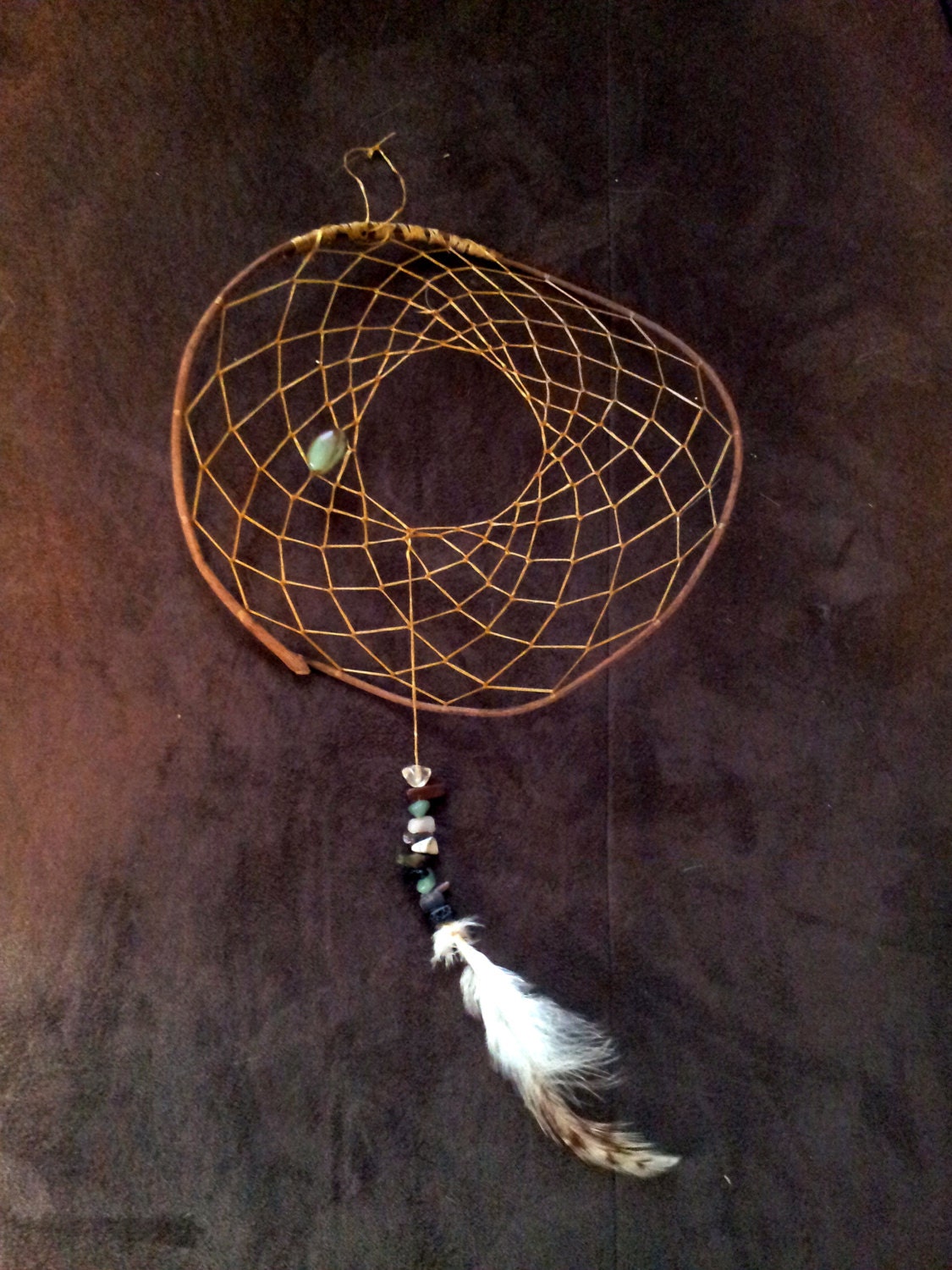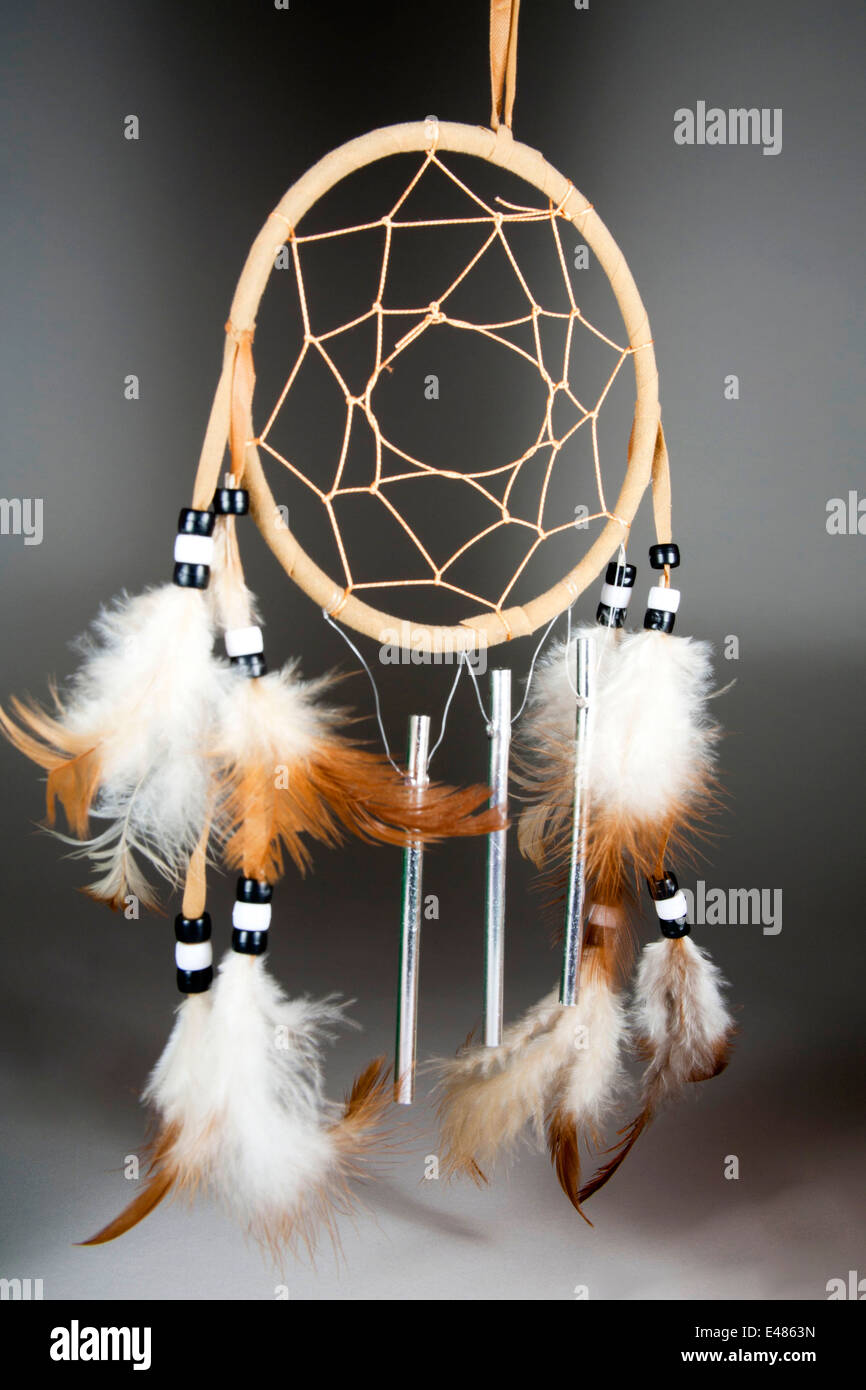Dream Catcher Made By Native American
A dream catcher is pretty self-explanatory, right? Yep, you’d be correct in thinking that dream catchers are made to snatch away bad dreams… but there’s so much more to them than that.
- The dream catcher has been a part of Native American culture for generations. One element of Native American dream catcher relates to the tradition of the hoop. Some Native Americans of North America held the hoop in the highest esteem, because it symbolized strength and unity.
- RAINBOW DREAMCATCHER, Huge Handmade CROCHET Dreamcatcher, 46 Inch Native American Indian Design, 7 Chakra Dream Catcher Wall Hanging AmazonCrystals 5 out of 5 stars (4,168).
- Native American dreamcatchers are an element of southwest decor that is one of the most exciting and fun home decorating styles you will find. Native American dream catchers make it easy to decorate with an American Indian theme. The southwestern Indian tribes are still active in making handcrafted artifacts.
- We gladly advertise any individual native artist or native-owned art store here free of charge, provided that all dreamcatchers are made by tribally recognized American Indian, Inuit, or First Nations artists. Thank you for your interest in Native American dream catchers! Native American Dream Catcher Stores.
The Ojibwe tribe created dream catchers to help children deal with their nightmares. As the Native Americans believe, the night air brings with it dreams that are both good and bad. The dream catcher swaying gently in the breeze catches these dreams as they flow by, and pass them to you. Would you like to write for us?
These beautiful Native American talismans have a rich history, steeped in tradition. They’re not just eye-catching displays in cheap gift stores!
Anyone who has a dream catcher or wants to buy one should read this article first. You need to know the true meaning of dream catchers to respect and admire the culture behind them.
What is a Dream Catcher?
Just in case you’re really clueless, a dream catcher is a small round talisman that’s hung by your bed to capture bad dreams and/or deliver good dreams and thoughts while you sleep.
Traditional, authentic dream catchers were made from wooden hoops, with thread webbing, handmade beads, leather, and feathers. Organic, natural materials are essential. They would be a few inches wide at most, and certainly wouldn’t be the bright, colorful and over-the-top dream catchers you find in cheap holiday gift shops.
The huge, plastic dream catchers with vividly bright faux feathers are a commercialized version of the original Native American dream catcher – more on why you shouldn’t buy these below.
How the traditional dreamcatcher works varies slightly from one legend to another, but the meaning is always similar: to catch harmful thoughts or bad dreams and keep you safe with good dreams and positive thoughts while you sleep. Dream catchers were originally made for very small children and babies, so they could be hung just above their cribs.
Over the decades, dream catchers have taken on new meanings – some with respect for the traditions, others without – and become symbols for various movements, such as the non-violent Pan-Indianism Movement.

The Beautiful Legends Behind Dream Catchers
Various Native American cultures have dream catchers, or a version of them, woven into their traditions. But it is the Ojibwe culture (indigenous people originally from northern midwestern USA and Canada) that the majority of historians agree the dream catcher originated from.
The legend focuses on Asibikaashi, the spider woman. She was the spiritual protector of the Ojibwe people, protecting the children from harm.

As their people spread further across the land, Asibikaashi found it harder to protect everyone from far away. So, the dream catcher was created.

The web within the willow hoop, like a spider’s web, would catch any bad thoughts or spirits lingering around – not specifically for bad dreams.

From here, the legend branches out with different meanings and stories depending on who’s telling the history of dream catchers.
Many believe that the dreamcatcher will catch bad dreams in the web, while good dreams filter through the hole, gem or bead in the center. When the first rays of the sun touch the dreamcatcher in the morning, those trapped bad dreams are destroyed.
Dream Catcher Native American History
Lakota Legends
Similarly to Ojibwe, the Lakota legends about dreamcatchers begin with a spiritual being associated with spiders. Iktomi created the dreamcatcher to catch good ideas on the web so they won’t be lost, but let bad ideas filter through the central hole and simply pass by their people unharmed.
The dreamcatcher itself is also a symbol – the perfectly round hoop is a symbol of the circle of life, the sun, and the moon. The soft, downy feathers (often owl feathers) are the ladders that good dreams float down into your mind.
Furthermore, the number of points where the webbed thread touches the inside of the hoop is symbolic. 13 points represent the phases of the moon, 8 for the spider woman’s legs, 7 for the prophesies, 6 for the eagle, and 5 for a star.
Sacred beads and tokens can also be added amongst the feathers.
Finally, the gems or stones in the dreamcatcher can represent good dreams or, if there’s a single stone, represent the creator of the world.
Why Understanding the Symbolism and History of Dream Catchers is Important
Dreamcatchers are closely tied to heart-warming and noble legends of Native Americans – so is it right for people around the world to buy dreamcatchers on a whim or simply because they’re “pretty”?
The dreamcatcher should be a symbol of unity among Native American communities, not an over-commercialized and misused plastic decoration, made in China, and eventually forgotten in a landfill site.
This is where cultural appropriation comes in. It is controversial, and frankly offensive in our opinion, to adopt a piece of tradition from one culture without even trying to understand and respect the origins and meaning behind it.
Cultural appreciation, on the other hand, should be commended. Owning a dreamcatcher, understanding and respecting the meaning behind it, and supporting the Native American people is to be commended.
Native American Dreamcatchers
That’s why we recommend you buy dreamcatchers from traditional Native American craftspeople – you’ll find them for sale in Indian territory across the US and Canada, just look for tribal giftshops or attend Native Indian events to learn more about the culture as well.
For online resources to buy authentic dreamcatchers from, check out this list from Native Languages.
Gifting dreamcatchers to newly born babies and young children is a beautiful way to honor the original dream catcher meaning and respect the legends behind them by passing down the story from one generation to the next.
Summary – Dream Catcher Meaning
If you’ve been looking for a scientific explanation of how dreamcatchers work, you’re going to be disappointed. Dream catchers are stunning talismans with a beautiful history and meaning behind them.
The simple act of respecting and honoring the tradition of your dreamcatcher as you hang it above your bed is sure to leave you with a smile on your face and good dreams in your mind!
If you want to buy a dream catcher, you can check the best seller from Amazon, Walmart and even Aliexpress (very cheap)

Just remember to:
- Learn about the dreamcatcher you’re buying, and the symbolism behind it.
- Respect and appreciate the culture that brought you the dream catcher.
- Buy traditional, hand-crafted dreamcatchers from Native American craftspeople.
According to the Native American people, dreams are messages that come from the sacred spirits. There are different stories pertaining to Native American dream catchers and these are variations of the legend as seen by different Native American tribes. One version states that the hole in the middle of Native American dream catchers allows the good dreams to be passed on to the sleeper, while the web traps all of the bad dreams, and then at the first light of morning the bad dreams would disappear.
Another version of the story about Native American dream catchers says that the web will capture all of the good dreams and let the bad dreams go out through the hole. Dream catchers were thought to have originated with the Ojibwe tribe, also known to many as the Chippewa Indians. And there are many stories about how the dream catcher came to be. The Ojibwe tribes used to tie strands of sinew in webs around a tear-shaped frame and then they would hang the dream catcher above a sleeping Native American child’s bed to help protect them from nightmares.
Normally Native American dream catchers are fairly small and are made by bending wood (originally birch) and sinew string tied together. A feather was usually seen hanging from the webbing. Today it is very common to see Native American dream catchers in many places. You can see them hanging from car mirrors, on people’s walls as decorations, and even in many modern day tattoo designs. Many are mass produced and sold as decoration but it is still possible to find real authentic hand made Native American dream catchers. There are thousand of Native Americans that live on reservations and others that live on their own that are still Native American traditionalists, and among these Native people you can find these authentic dreamcatchers. Over time the dreamcatcher was also adopted by many other Native American tribes’ throughout the land and they gained a lot of popularity as beautiful decorations in the 1960’s and 70’s. When you find somewhere to obtain an authentic dream catcher nowadays it will usually come with a certificate of authenticity with the name of the Native American artist who made the dreamcatcher on it, this will help ensure you it is a real Native American dreamcatcher.